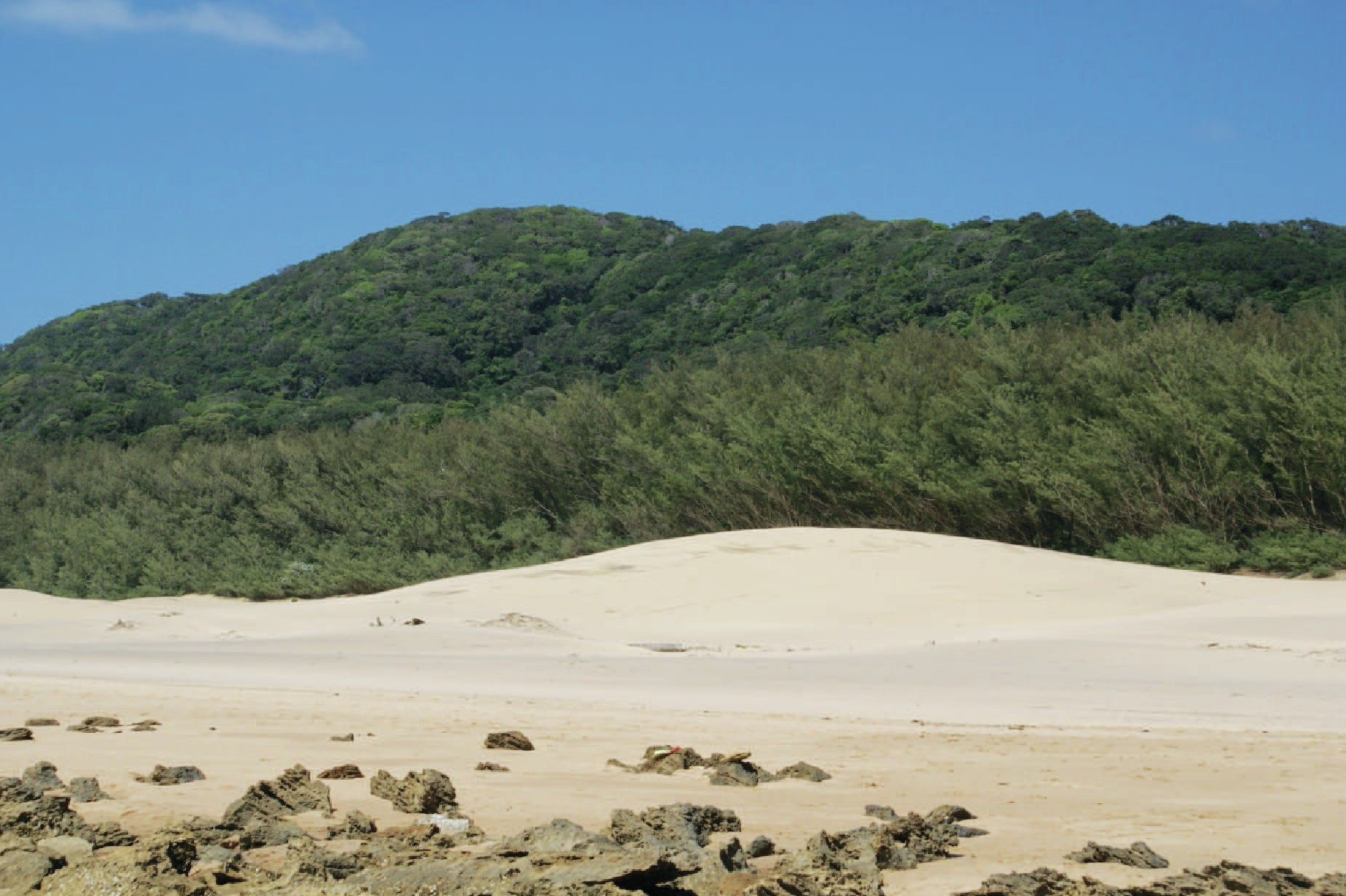
The St Lucia wetland park in KwaZulu-Natal, South Africa is a UNESCO World Heritage site. The central part of the wetland is Lake St Lucia, which is the largest natural estuarine system in Africa and of international conservation significance. The park contains five distinct ecosystems — marine, sand dune, estuary, swamp and savanna — so a huge variety of wildlife and vegetation can be found within a relatively small area.
Nelson Mandela described the area as: ‘The only place on earth where the world’s oldest land mammal [rhinoceros] and the world’s biggest terrestrial mammal [elephant] share an ecosystem with the world’s oldest fish [coelacanth] and the world’s biggest marine mammal [whale]’. Over 800,000 people visit the area each year, most of whom are South African, but this figure is expected to rise to over 1 million in 2010, due to the FIFA World Cup and the resulting increase in international tourism. In 2007 the area was renamed iSimangaliso, which is Zulu for ‘miracle’.
Your organisation does not have access to this article.
Sign up today to give your students the edge they need to achieve their best grades with subject expertise
Subscribe




